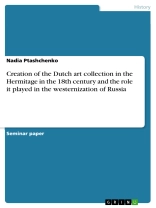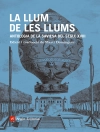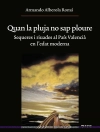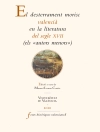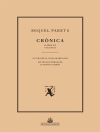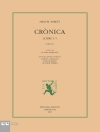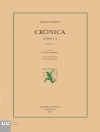Seminar paper from the year 2008 in the subject History of Europe – Modern Times, Absolutism, Industrialization, grade: ECTS 8, University of Groningen, course: M.A. ‘Euroculture’, language: English, abstract: This paper attempts to follow the cultural channels and actual steps taken by Peter the Great and his successors to cultivate Western European tastes in Russia and to direct the Russian Empire to a Western path of development. It investigates the historic role of St. Petersburg as Russia’s “window on Europe”, and features the great masterworks of Western European art (namely, Dutch) assembled and prized in the Hermitage by the Romanov dynasty, by Peter the Great and by his spiritual follower and enlightener – Catherine the Great, in particular.
Over the course of centuries, Russian tsars continuously borrowed ideas and concepts from their Western neighbors. St. Petersburg was to mark the way for Russia to become modern by creating an environment that could be maintained only by broader and deeper contact with the West. However, Peter Rietbergen in his essay on “Russia between West and East” stresses “the inherent duality in Russian culture, and in the national character, as half-Asian, half-European”. This issue is to be discussed and evaluated in the paper. A chronological overview of the main acquisitions of Dutch paintings to the Hermitage in the course of the XVIII century is included in the paper. It is hoped that the paper will add to the understanding of the described epoch of the Russian Empire and will expose the role it played in defining its path of historical development.
The thesis statement investigated in the paper is as follows: “Has the borrowing of cultural values from Western Europe contributed to the Europeanization of Russia in the XVIII century?” Under the term “cultural values” artefacts, objects of art, enlightening ideas and books, as well as progressive reforms, European fashion and lifestyle, etc are implied. One of the aims of the research is to demonstrate that art which has been broadly studied from divergent viewpoints of style, content, iconography, philosophy, and the social sciences, can also be approached as a function of economic and socio-political motives. A method of comparative analysis of the Westernizing cultural policies by Peter I and later, by Catherine II is used.
Nadia Ptashchenko
Creation of the Dutch art collection in the Hermitage in the 18th century and the role it played in the westernization of Russia [PDF ebook]
Creation of the Dutch art collection in the Hermitage in the 18th century and the role it played in the westernization of Russia [PDF ebook]
Koop dit e-boek en ontvang er nog 1 GRATIS!
Taal Engels ● Formaat PDF ● ISBN 9783640397587 ● Bestandsgrootte 0.4 MB ● Uitgeverij GRIN Verlag ● Stad München ● Land DE ● Gepubliceerd 2009 ● Editie 1 ● Downloadbare 24 maanden ● Valuta EUR ● ID 3859545 ● Kopieerbeveiliging zonder
